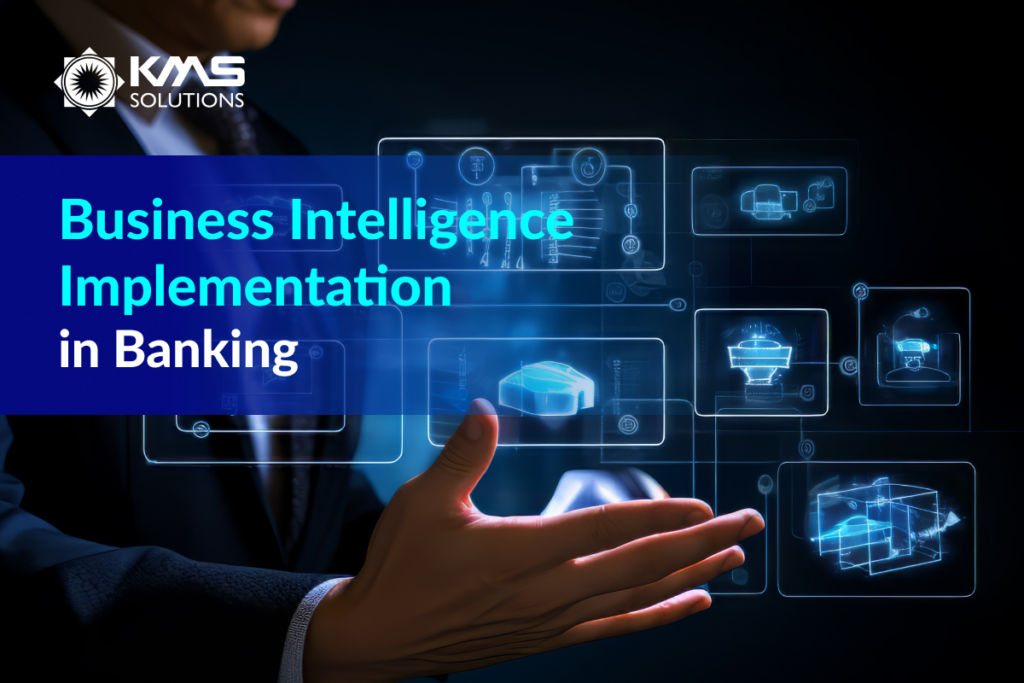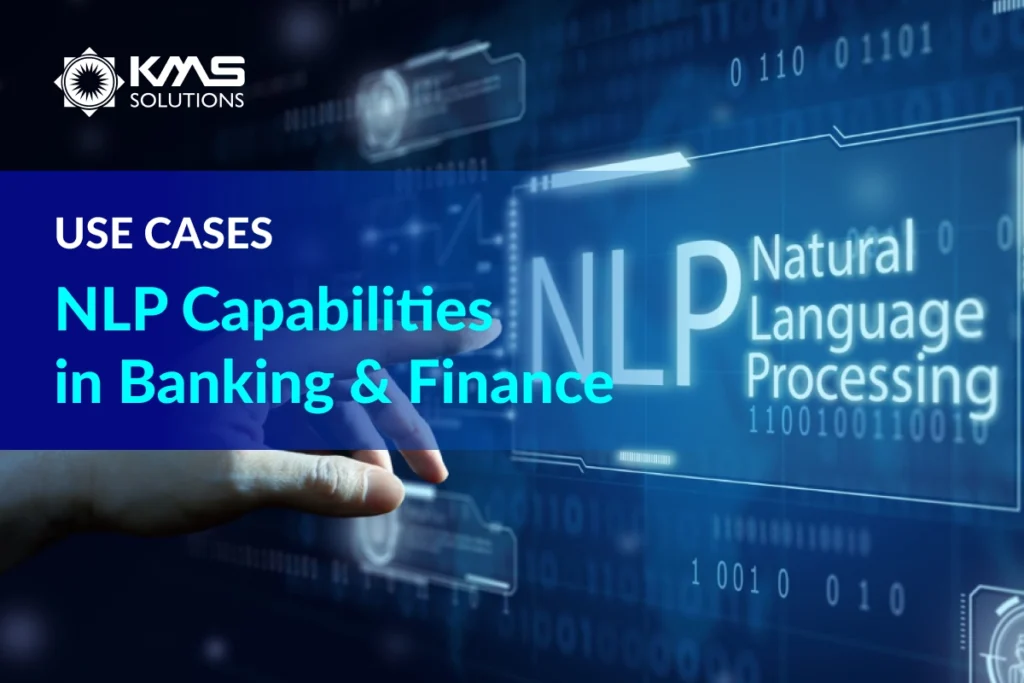1. What Are Common AI Tools?
The scope of AI software development extends well beyond the functionalities of popular virtual assistants such as Siri and Alexa. It encompasses a broad array of tools that simulate human intelligence to address complex tasks, automate processes, and optimize decision-making. From Natural Language Processing (NLP) to machine learning frameworks, here are some of the most commonly used AI tools for software development landscapes.
1.1 Natural Language Processing (NLP)
Natural Language Processing (NLP) is essential in the development of AI software, allowing machines to understand, interpret, and generate human language. It forms the basis for a wide range of modern AI applications, including virtual assistants, chatbots, and language translation systems.
Key Tools:
- BERT (Bidirectional Encoder Representations from Transformers): Developed by Google, BERT is a pre-trained NLP model that excels at understanding the context of words in search queries and text, enabling more accurate natural language understanding.
- OpenAI’s GPT (Generative Pre-trained Transformer): The technology behind ChatGPT, GPT models are renowned for their ability to generate human-like text, making them invaluable for applications like content creation, conversation bots, and text-based automation.
1.2 Large Language Models (LLMs)
The financial services industry is rapidly adopting AI software development driven by Large Language Models (LLMs). These advanced models leverage natural language processing and machine learning to analyze vast amounts of financial data, enabling more precise insights and better decision-making.
LLMs are crucial for optimizing risk evaluation, detecting fraud, ensuring regulatory compliance, and refining investment strategies. By automating complex tasks and delivering real-time, accurate information, LLMs significantly boost operational efficiency, reduce human error, and empower financial institutions to offer personalized services while staying competitive in a fast-evolving market.
Key Tools:
- GPT-4: Developed by OpenAI, GPT-4 is a multimodal model capable of processing text and images, making it ideal for complex tasks like conversational AI and code generation. Built with vast datasets, GPT-4 offers safer, more accurate, and highly reliable outputs, marking a significant leap from previous versions.
- PaLM 2: Google’s PaLM 2 excels in advanced reasoning tasks such as coding, translation, and question answering. Known for improved natural language generation, it aligns with responsible AI practices, making it a robust solution for scalable applications.
- Llama 2 (open-source): Meta’s Llama 2 offers an open-source LLM with 7B to 70B parameters, perfect for conversational AI and code generation. With 40% more training data than its predecessor, Llama 2 is more versatile and optimized for various industry needs.
- Falcon (open-source): Falcon is a powerful open-source LLM, offering models like the 180B parameter version. It excels in content creation, code assistance, and advanced AI-driven tasks, providing scalable options for diverse business requirements.

1.3 Machine Learning (ML)
Machine learning is the engine that powers many AI systems, allowing machines to learn from data and improve performance over time. ML tools provide the frameworks needed for developers to create predictive models and systems that adapt and improve without human intervention.
Key Tools:
- TensorFlow: Developed by Google, TensorFlow is an open-source machine learning framework that provides a comprehensive ecosystem for building and deploying ML models. It’s used for applications such as speech recognition, image classification, and recommendation systems.
- PyTorch: Developed by Facebook’s AI Research lab, is a well-known machine learning framework appreciated for its ease of use and adaptability. It is widely applied in both academic settings and industries for tasks such as computer vision, natural language processing, and reinforcement learning.
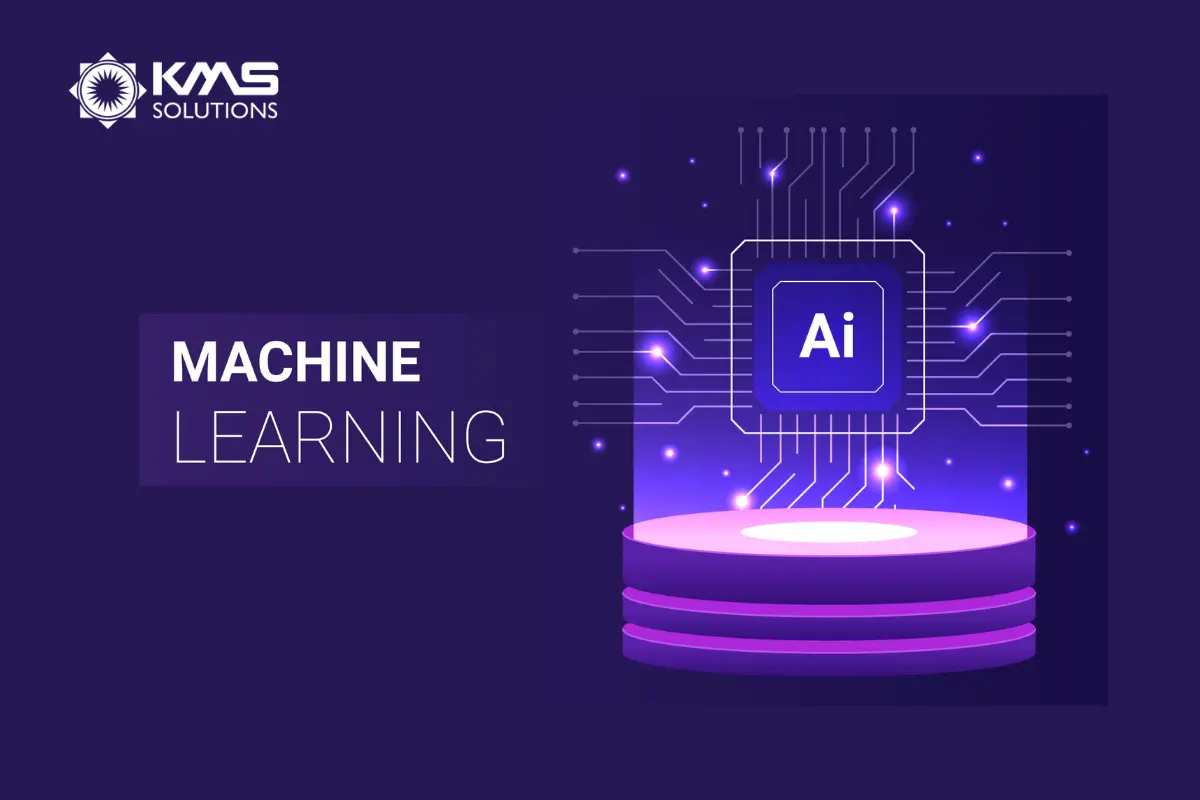
1.4 Computer Vision
Computer vision is a branch of AI focused on enabling machines to interpret and understand visual information from the world. It plays a key role in AI software development, particularly in fields like autonomous driving, healthcare, and security.
Key Tools:
- OpenCV (Open Source Computer Vision Library): OpenCV is a widely used open-source library designed to support real-time computer vision tasks. It is used for facial recognition, object detection, motion tracking, and much more.
- YOLO (You Only Look Once): A real-time object detection system that applies convolutional neural networks (CNNs) to recognize objects in images or video streams, YOLO is widely applied in various fields from robotics to surveillance.

1.5 Robotic Process Automation (RPA)
Robotic Process Automation (RPA) is a technology that automates repetitive tasks by mimicking human actions in digital systems. RPA tools are invaluable in automating business processes, allowing for increased efficiency and reduced operational costs.
Key Tools:
- UiPath: A leading RPA tool that enables businesses to automate a wide variety of processes such as data entry, form filling, and customer service tasks. UiPath is highly scalable, offering solutions from small businesses to large enterprises.
- Blue Prism: Another key player in the RPA space, Blue Prism helps businesses automate tasks that require human-like decision-making. It is often used for automating back-office functions such as billing and customer support.
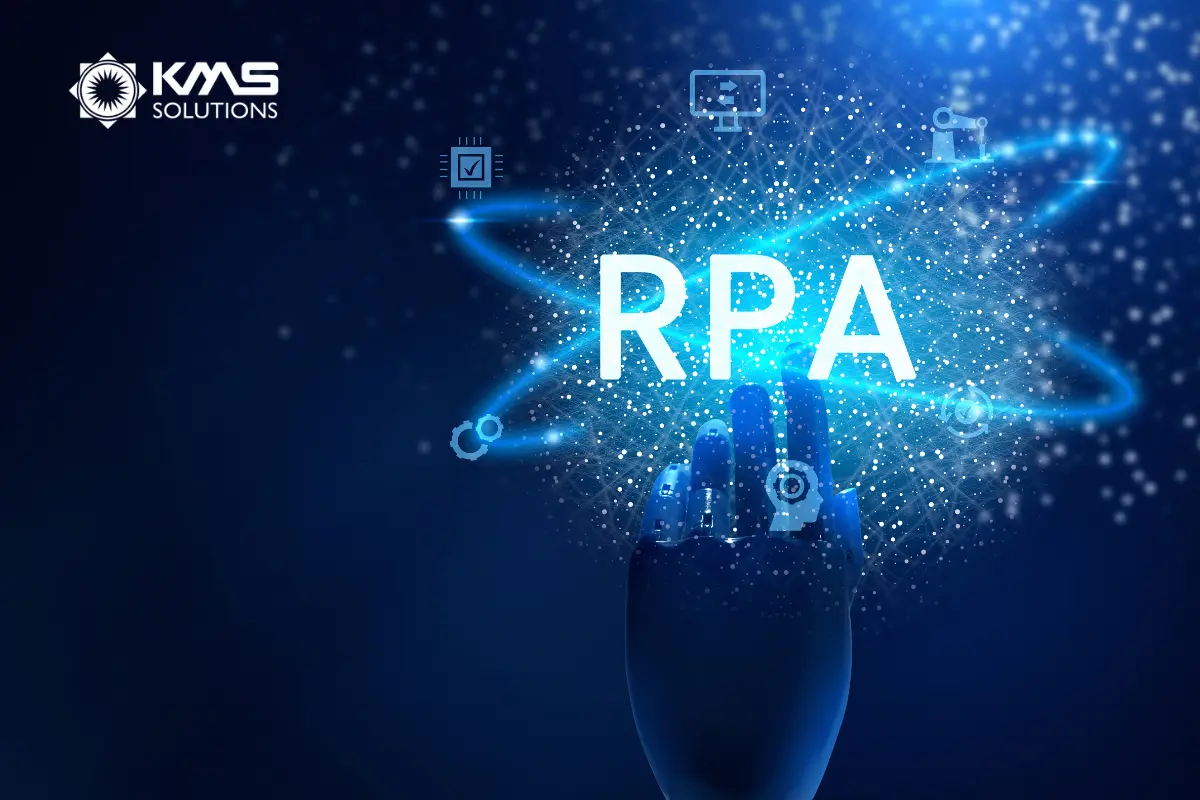
1.6 Predictive Analytics
Predictive analytics uses AI to analyze historical data and predict future trends, behaviors, or outcomes. This branch of AI is widely used in business applications to optimize decision-making, manage risks, and identify new opportunities.
Key Tools:
- SAS: A powerful platform designed for advanced analytics, offering comprehensive capabilities in predictive modeling and machine learning. It is widely employed in industries like finance, healthcare, and retail to forecast trends and facilitate data-driven decision-making.
- RapidMiner: An easy-to-use platform that provides a suite of tools for predictive analytics, machine learning, and data mining. RapidMiner is popular for its no-code/low-code capabilities, enabling both technical and non-technical users to build predictive models.

2. Why Is AI Important in Software Development?
Artificial Intelligence (AI) has quickly evolved from a futuristic concept into a critical technology reshaping industries around the world, and software development is no exception. AI is driving innovation, streamlining development processes, and enabling the creation of more intelligent and user-centric applications. In this article, we’ll explore how AI software development is revolutionizing the entire development lifecycle—from planning and coding to testing and deployment—paving the way for a more efficient and powerful future in software creation.
2.1 AI-Powered Requirement Analysis and Planning
The first stage of software development—requirement analysis and planning—is critical to any project’s success. Traditionally, this phase relied heavily on human judgment, but AI is changing the game by bringing in data-driven insights. AI-powered tools can analyze vast datasets to identify user needs, preferences, and pain points with far greater accuracy than manual analysis ever could.
- Optimizing Planning: AI helps in project planning by predicting timelines, identifying risks, and optimizing resource allocation. This leads to more accurate scheduling and prevents costly project delays.
- Enhanced Decision-Making: By understanding user behavior and market trends through AI analytics, developers can make informed decisions about which features and functionalities will most benefit users, ultimately leading to more successful products.
2.2 Enhanced Code Generation and Automation
One of the most game-changing aspects of AI in software development is its ability to automate code generation. AI tools like auto-completion engines and code generators have become essential for speeding up the development process and reducing manual errors.
- Automated Coding: With AI-powered tools such as GitHub Copilot or Tabnine, developers can write code more quickly and efficiently. These tools use Natural Language Processing (NLP) to convert high-level specifications into working code snippets, reducing the manual workload and allowing developers to focus on solving complex problems.
- Error Reduction: By automating large portions of the coding process, AI minimizes the chances of human error, which helps in producing cleaner, more reliable code.
2.3 AI-Driven Bug Detection and Debugging
Debugging is one of the most time-consuming aspects of software development, but AI is making it faster and more efficient. AI-driven debugging tools analyze code patterns and identify bugs in real time, often suggesting solutions to fix issues as they arise.
- Pattern Recognition: AI systems can quickly identify recurring issues in code that would take human developers much longer to spot. Tools like DeepCode or Snyk leverage machine learning to pinpoint potential vulnerabilities and errors, speeding up the debugging process.
- Self-Learning Systems: As AI tools continue to learn from previous debugging experiences, they become even more effective over time, resulting in a system that continually improves its ability to detect and resolve issues.
2.4 Smart Testing and Quality Assurance
Testing is a crucial part of ensuring software works as intended, and AI is revolutionizing how this process is carried out. With AI-powered testing tools, software testing has become faster, more comprehensive, and more reliable.
- Automated Test Case Generation: AI can automatically generate test cases based on the application’s requirements and past test data, significantly reducing the time it takes to prepare for testing.
- Real-Time Testing: AI-powered tools such as Testim and Applitools can run tests in real-time across multiple scenarios, ensuring comprehensive coverage and quicker identification of issues.
- Adaptability: AI-driven testing systems can adapt to code changes automatically, meaning that as your software evolves, the testing framework evolves with it, ensuring that no new bugs are introduced.
2.5 Personalization and User Experience Optimization
A major advantage of integrating AI into software development is its capacity to improve user experience by offering personalized interactions. By analyzing user behavior and preferences, AI algorithms can deliver customized content, suggestions, and interactions in real-time.
- Custom Recommendations: In e-commerce, AI-powered recommendation engines like those used by Amazon or Spotify provide personalized product or content suggestions based on past interactions, leading to increased engagement and sales.
- User-Centric Design: AI can analyze large datasets on user behavior, enabling developers to create software that adapts to individual preferences, thereby improving user satisfaction and retention.
2.6 Natural Language Processing (NLP) and Voice Interfaces
AI-driven Natural Language Processing (NLP) has changed how users interact with software. With the rise of voice assistants and chatbots, software applications are becoming more intuitive and accessible to a broader audience.
- Chatbots and Voice Assistants: NLP-powered AI like Amazon’s Alexa or Google Assistant allows users to interact with software using natural language, simplifying complex tasks such as setting appointments or managing smart home devices.
- Enhanced Accessibility: NLP and voice interfaces make software more accessible to users with varying levels of technical proficiency, enabling even non-tech-savvy users to perform complex tasks with ease.
2.7 Predictive Analytics and Decision-Making
AI’s ability to analyze large datasets and provide actionable insights is one of its most valuable contributions to software development. Predictive analytics helps businesses make smarter decisions by forecasting trends, identifying risks, and optimizing strategies.
- Data-Driven Decisions: AI tools can analyze historical data to predict future outcomes, allowing businesses to make informed decisions about product development, marketing strategies, and customer retention.
- Optimized Business Processes: Predictive analytics can identify inefficiencies in processes, suggesting improvements that save time and money while maximizing outcomes.
2.8 AI for Continuous Integration and Continuous Deployment (CI/CD)
CI/CD pipelines are critical for modern software development, ensuring that new updates and features are quickly and reliably deployed. AI is further improving these processes by automating key tasks and detecting potential issues before deployment.
- Monitoring Code Health: AI-powered tools can continuously monitor the health of code repositories, identifying issues such as performance bottlenecks or integration errors before they become problems.
- Faster Deployments: By automating the CI/CD pipeline, AI ensures that software updates and new releases happen smoothly and with minimal downtime, resulting in better user experiences.
2.9 Autonomous Software Maintenance
AI is also revolutionizing how software is maintained. Autonomous software maintenance—often referred to as self-healing software—allows systems to detect and resolve issues without human intervention.
- Self-Healing Systems: AI-driven maintenance tools can automatically identify and fix performance issues, security vulnerabilities, or bugs in real-time, reducing downtime and ensuring continuous operation.
- Reduced Developer Workload: By automating routine maintenance tasks, AI frees up developers to focus on higher-level work such as new feature development and optimization.
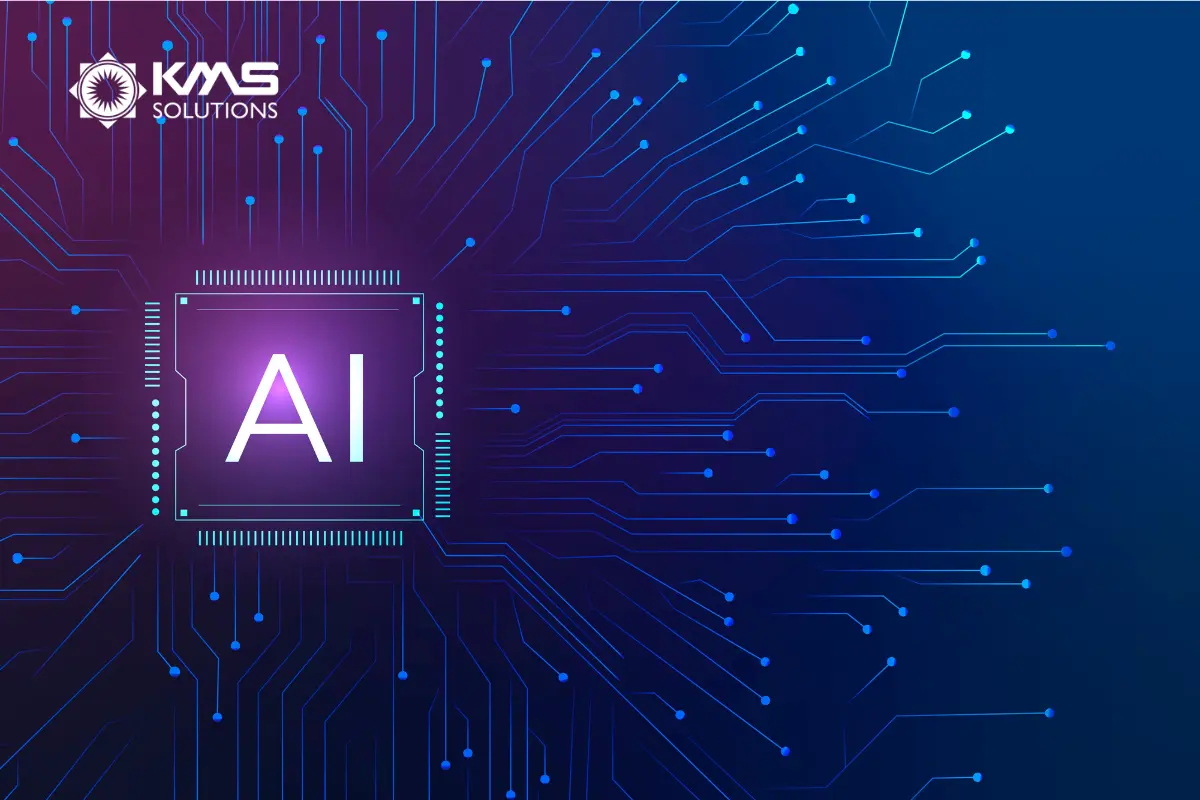
3. 4 Types of Artificial Intelligence in AI Software Development
Artificial intelligence has come a long way, but did you know there are four distinct types of AI, each representing different levels of sophistication? While some of these types are already revolutionizing industries, others remain theoretical. As AI software development continues to evolve, understanding these types can help businesses leverage the right kind of AI for their needs. Let’s explore the four main types of AI: Reactive AI, Limited Memory AI, Theory of Mind AI, and Self-Aware AI.
3.1 Reactive AI: The Foundation of Modern AI Software Development
Reactive AI is the most fundamental form of artificial intelligence, which was built to deliver consistent responses purely based on the information it is given. It lacks the ability to learn from past experiences or adapt over time, making it ideal for tasks that involve predictable, repetitive actions.
Examples of Reactive AI:
- Deep Blue, IBM’s famous chess-playing computer, defeated world champion Garry Kasparov by calculating millions of possible moves and counter-moves.
- Email spam filters rely on reactive AI to detect and block unwanted messages, ensuring that your inbox remains clear of promotional content and phishing scams.
- Recommendation engines like the one used by Netflix suggest shows or movies based on what you’ve previously watched.
Reactive AI laid the groundwork for future advancements in AI software development. However, it has limitations—these systems can’t adapt or improve over time, making them perfect for narrowly defined tasks but lacking in flexibility.
3.2 Limited Memory AI: Building on Experience
Limited Memory AI takes AI development a step further by allowing machines to learn from historical data and improve their performance over time. Unlike reactive AI, which remains static, limited memory AI can make predictions or decisions based on past experiences, offering a more dynamic approach.
Where Limited Memory AI Is Used:
- Autonomous vehicles like those developed by Tesla use limited memory AI to analyze traffic patterns, road conditions, and the behavior of other drivers. This helps them make informed decisions on the road, adjusting to new information in real-time.
- Chatbots and virtual assistants use limited memory AI to provide more accurate and contextual responses by learning from previous interactions with users.
While limited memory AI is widely used in AI software development today, it still has constraints. It can’t store knowledge long-term, meaning it doesn’t retain information beyond what is necessary for immediate decision-making.
3.3 Theory of Mind AI: Towards Emotional Intelligence in Machines
Envision an AI system capable of recognizing your emotions, anticipating your responses, and adjusting its actions accordingly. Unlike limited memory, AI, this form of AI seeks to comprehend human emotions, beliefs, and intentions. It can participate in meaningful social interactions and make decisions guided by emotional intelligence.
What Does Theory of Mind AI Look Like?
- The Kismet robot, developed by MIT’s Cynthia Breazeal, could recognize human facial expressions and react with appropriate emotional responses.
- Sophia, the humanoid robot created by Hanson Robotics, can recognize human faces, engage in conversations, and mimic emotions with facial expressions.
Theory of Mind AI is still largely in the research phase, but its potential is enormous. In the future, businesses could use emotionally intelligent AI for customer service, therapy, or leadership roles. However, developing machines that can understand and respond to the complexities of human emotions is no easy feat, and we are still several years away from fully realizing this type of AI in commercial applications.
3.4 Self-Aware AI: The Ultimate Evolution of Artificial Intelligence
Self-aware AI represents the most advanced form of artificial intelligence—one that doesn’t just recognize human emotions but is also aware of its own. A machine with self-awareness would have its own thoughts, emotions, and consciousness, much like a human being. It could understand the implications of its actions and make independent decisions based on its desires and needs.
What Would Self-Aware AI Look Like?
A self-aware AI might be able to say, “I’m frustrated because my task was interrupted,” or “I need more resources to complete this job effectively.” It would have a sense of self, recognize its limitations, and seek ways to improve or enhance its abilities.
While this idea sounds like something straight out of science fiction, it’s important to remember that self-aware AI does not yet exist. Current hardware and algorithms simply aren’t advanced enough to support this level of complexity. However, researchers are continually pushing the boundaries of AI software development, and it’s only a matter of time before we start to see AI systems that can think and feel—at least on some level.
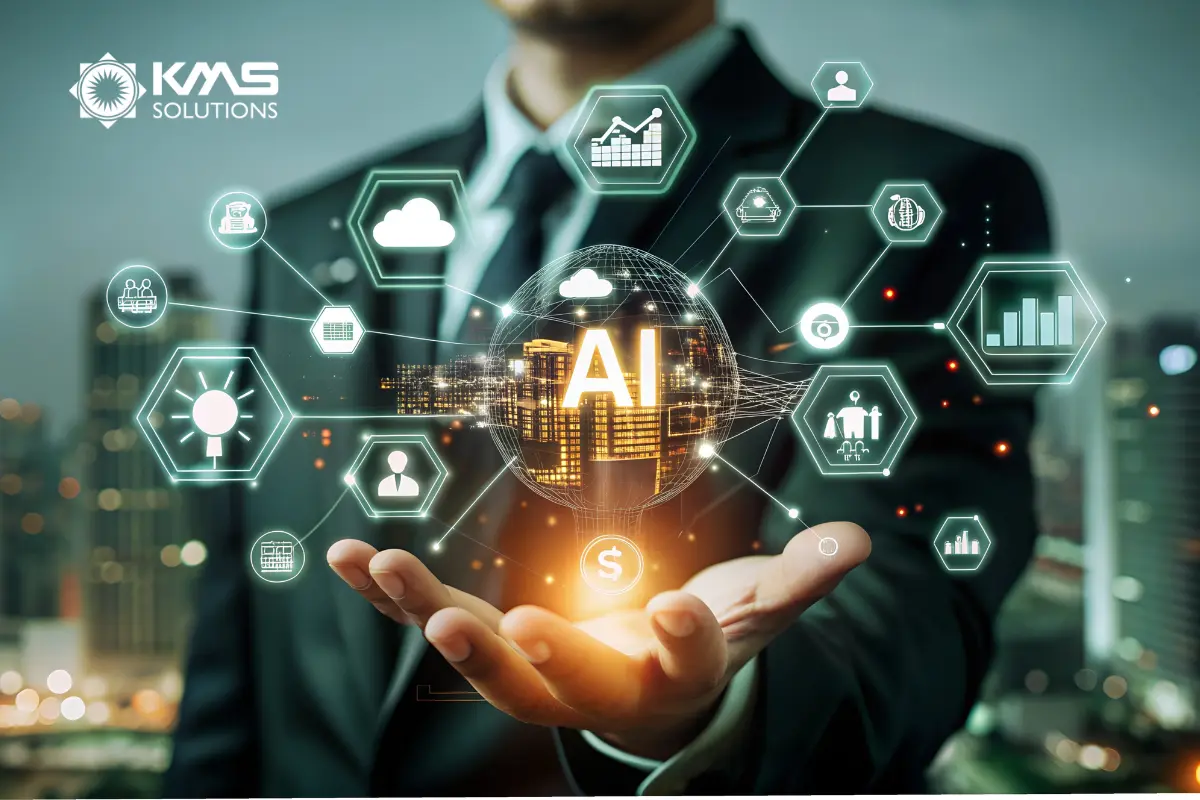
4. How To Build AI Software In 7 Steps
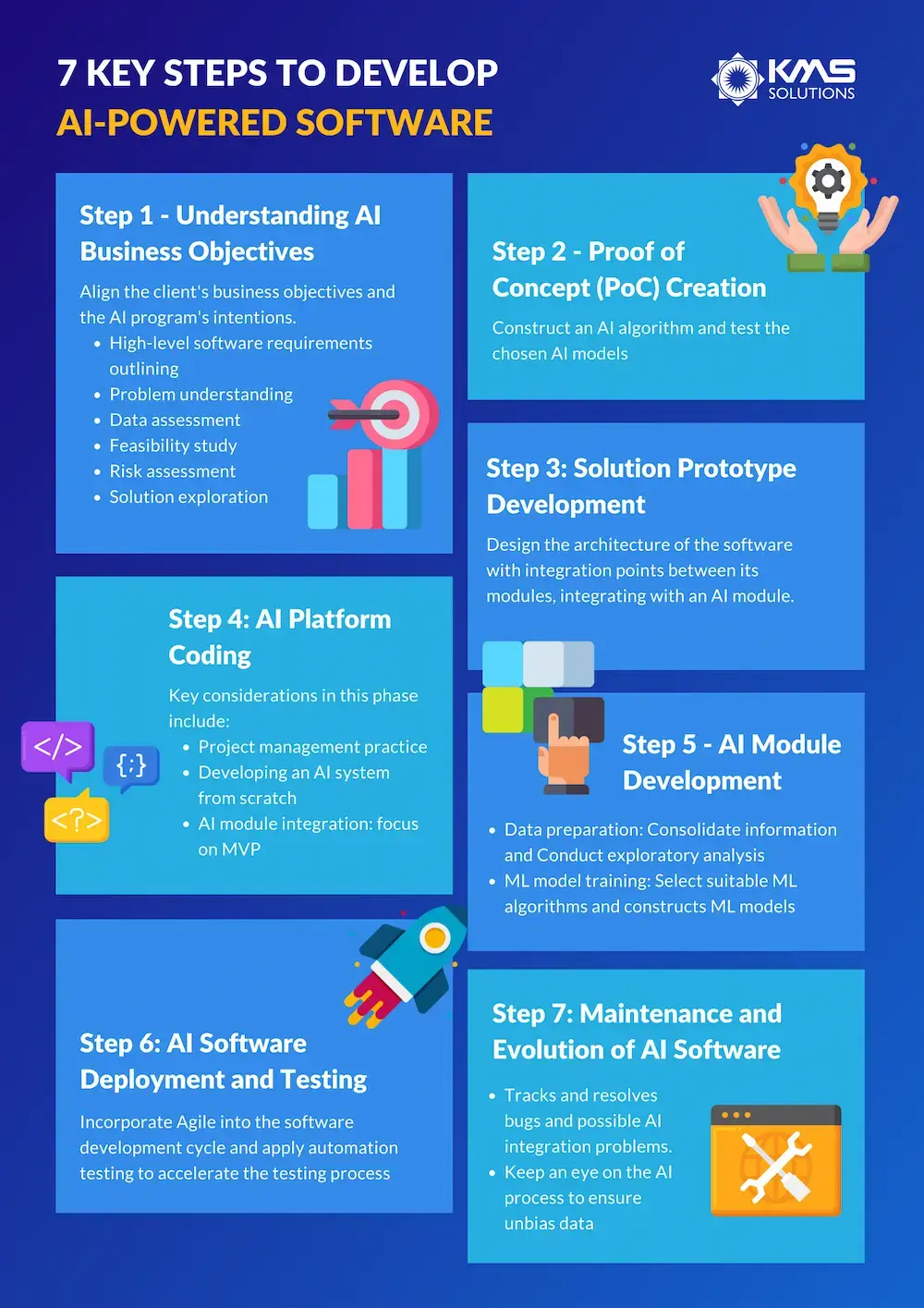
Developing AI software follows a distinct process that sets it apart from traditional software development. While the conventional stages of research, design, idea testing, development, support, and others still apply, an additional stage must be included: the AI creation stage.
Opting for the dedicated software development team model has proven to be highly effective when it comes to integrating or building AI software, especially if you lack ideas or experience in this field.
Step 1: Understanding AI Business Objectives
At this initial stage, the fundamental purpose is to align the client’s business objectives and the AI program’s intentions. The discovery phase is essential since it helps understand the business requirements, goals, and desired outcomes of the AI application. Key activities include:
- High-level software requirements outlining
- Problem understanding
- Data assessment
- Feasibility study
- Risk assessment
- Solution exploration
Step 2: Proof of Concept (PoC) Creation
This additional step can help you develop traction-promising AI software. In fact, the Proof of Concept (PoC) serves as the foundation for the development of machine learning platforms. During this pivotal phase, the primary tasks involve constructing an AI algorithm and thoroughly testing the chosen AI models. The process begins with training your own AI using pertinent data and observing the subsequent outcomes.
Considering that AI encompasses smart algorithms, we can anticipate expert systems to autonomously determine the most suitable approach for processing tasks, transitioning from less optimal to more optimal methods.
It’s vital to check the technical and economic feasibility of enriching software with AI. Building software from scratch involving advanced technologies like deep learning, natural language processing, neural networks, robotics, and others is a costly endeavour, leaving little room for tolerating errors at the initial stages of the software development process.
Step 3: Solution Prototype Development
The architecture of an AI software solution is what makes it stand out. However, when it comes to an AI system, the design process involves creating only part of the design at a time. Instead, the concentration is on developing the key screens and features essential to the AI system’s functionality and effectiveness.
This is an iterative and experimental phase aimed at validating and refining the proposed design concept, and functionality, helping improve the interface to make the system as user-friendly as feasible. The IT team can design the architecture of the software with integration points between its modules, comprising integration with an AI module.
Step 4: AI Platform Coding
If you have picked the appropriate technological stack, engaged the appropriate dedicated software team, trained the AI algorithms, and chosen all the essential components to equip your soon-to-be artificial intelligence system, the coding process will go without a hitch. Key considerations in this phase include:
- Project management practice: By implementing the Agile methodology, the AI development process guarantees transparency and flexibility. With customer expectations constantly evolving, an agile development team equipped with AI expertise can effortlessly accommodate product changes whenever necessary.
- Developing an AI system from scratch: It’s essential to understand that engineers may need to generate neutral networks or train AI models suitably.
- AI module integration: The upcoming AI system’s minimum viable product (MVP) is initially built with essential features, while non-essential features can be fulfilled using off-the-shelf options. This approach helps to save time and budget resources.
Step 5: AI Module Development
- Data preparation (this procedure can be reiterated to improve AI deliverables quality):
- Consolidating information from various relevant sources (internal and external, available via subscription or one-time purchase).
- Conducting exploratory analysis of data to uncover valuable patterns, and identify evident errors, outliers, anomalies, and other significant insights.
- Cleansing data: This process entails standardising, replacing missing data or deviating variables, eliminating duplicate entries, and anonymising sensitive information.
- The resulting data is divided into training, validation, and test sets for further processing and evaluation.
To effectively streamline this time-consuming stage, utilising automation tools is worth considering.
- ML model training:
At this stage, the software development team selects suitable machine learning algorithms and constructs ML models. These models are trained using a designated training dataset and tested against a separate validation dataset. The performance of the models is further improved by fine-tuning their hyperparameters.
These models are trained using a designated training dataset and tested against a separate validation dataset. The performance of the models is further improved by fine-tuning their hyperparameters.
Step 6: AI Software Deployment and Testing
This phase concentrates on deploying ML models to develop AI software. Due to the high risk associated with AI initiatives, incorporating Agile into the software development cycle is preferable for risk management at each phase. In particular, the AI team should adhere to ML operations.
Since AI software is constantly updating itself with new data without human interference, automation testing tool is needed to increase test coverage and accelerate the testing process. Without regular monitoring, datasets will degrade, and biases may be introduced into the datasets.
Step 7: Maintenance and Evolution of AI Software
Tracks and resolves bugs and possible AI integration problems, optimises software performance and enhances UI according to user input, creates new features and expands the capability of AI-enabled systems by taking into account changing business or user requirements.
Maintenance of AI involves a separately controlled process. This aims to identify any signs of ‘drift’, which refers to a decline in accuracy and an increase in bias as the data being processed by the AI system diverges from the initial training data.
5. Cost Of Developing Banking Software With AI Capabilities
The cost of developing software powered by artificial intelligence can vary significantly based on the complexity, scope, and specific requirements of the AI components. Whether you’re building an AI-powered banking app, an intelligent chatbot, or an advanced predictive analytics system, several factors influence the final cost. Let’s break down the primary elements that contribute to the cost of AI software development.
5.1 Data Volume and Quality
A major driver of AI development costs is the volume and quality of data needed for the system. AI systems rely extensively on data for learning and growth, and as data demands increase, so do the related project expenses. Here’s the reason behind it:
- Unstructured vs. Structured Data: Processing unstructured data, like text or images, is more expensive because it requires advanced algorithms and more computational power compared to structured data, which is easier to categorize and process.
- Data Sources: If the data is coming from multiple sources, like customer databases, social media feeds, or third-party APIs, it adds to the complexity, and hence, the cost of development.
- Data Acquisition: In certain situations, you may have to buy external data or invest in data labeling services to properly train your AI system. These extra expenses can substantially raise the overall cost of the project.
5.2 Type of AI Capabilities
The type of AI capabilities you plan to integrate plays a significant role in determining the cost. For instance, a simple AI solution like a chatbot or an image recognition system will be far less expensive than more advanced AI systems like fraud detection in banking or autonomous vehicles.
- Moderate Complexity AI: Systems that perform tasks like document processing, classification, and customer service automation may fall in the lower cost range.
- Advanced AI: More intricate AI models, such as those involving deep learning, natural language processing, and predictive analytics, require more data, computation, and fine-tuning, pushing up the cost significantly.
5.3 Machine Learning Model Complexity
AI development isn’t just about collecting data; it’s about how you use it. Developing a machine learning model requires training the system to recognize patterns, make predictions, and learn from feedback. As ML algorithms become more complex, development costs also rise.
- Basic Algorithms: For AI systems using basic machine learning models, development costs can be relatively low. This might involve simple classification or regression tasks.
- Complex Algorithms: AI projects involving complex algorithms, such as neural networks or deep learning models, demand greater time, computational resources, and specialized expertise. This increased complexity extends both the development timeline and overall cost.
5.4 Accuracy Requirements
Accuracy is another critical factor that affects the cost of AI software development. If your AI solution needs to be highly precise—such as in medical diagnostics or fraud detection—the model must undergo extensive tuning and training. Achieving high levels of accuracy requires:
- Increased Data Volume: More training data is needed to improve accuracy.
- Advanced Tuning: Highly accurate AI models require more time and expertise to fine-tune the algorithms.
Higher accuracy often comes with a steeper price tag, as it involves more testing, validation, and iterations.
5.5 Deployment Type
The way you plan to deploy your AI software also impacts the overall cost. There are two main deployment options:
- Batch Processing: If your AI solution only needs to process data in batches (for example, running an analysis once a day), this will generally cost less to deploy and maintain.
- Real-Time Processing: Real-time AI systems, such as fraud detection software for banks that need to make decisions instantly, are more complex. These require robust infrastructure and constant monitoring, which increases the development and operational costs.
5.6 Infrastructure and Cloud Costs
AI software needs substantial computational power and storage capabilities, especially for handling large datasets and running complex algorithms. You’ll need to factor in infrastructure costs, including:
- Cloud Computing: Hosting AI models on cloud platforms like AWS, Google Cloud, or Microsoft Azure incurs ongoing costs. These include server costs, data storage, security measures, and computational resources.
- Security Measures: AI systems, especially in sensitive industries like finance or healthcare, need robust security measures. There is an additional cost associated with data encryption, access control, and compliance with data protection regulations.
5.7 Ongoing Maintenance and Updates
AI systems are not a one-time investment. Ongoing updates, performance tuning, and routine maintenance are vital for ensuring the software continues to function efficiently and maintains its accuracy. AI models degrade over time as data patterns change, meaning you need to continually update the model to maintain performance.
- Monitoring and Evaluation: Ongoing monitoring of the AI system is essential to ensure it operates as intended.
- Model Retraining: Over time, AI models need retraining with new data to stay relevant and accurate, adding to ongoing costs.

6. Why Choose KMS For Developing AI Banking Software?
The KMS Solutions team of experts is well-versed in harnessing AI software development to transform the banking industry by embedding AI across the entire software development lifecycle. Through cutting-edge AI tools and techniques, KMS boosts the efficiency, precision, and innovation of banking applications, enabling clients to maintain a competitive edge in the fast-evolving financial sector. Here’s how KMS Solutions integrates AI at each phase of the development process:
- Requirements Gathering & Analysis: KMS uses AI-powered tools to analyze vast amounts of customer data, uncovering insights that shape precise project requirements. Natural Language Processing (NLP) translates unstructured data into clear, actionable documentation, ensuring a deeper understanding of user needs.
- Design & Prototyping with AI: AI tools help validate design prototypes by identifying potential problems early on. Through simulating user interactions, AI enhances the design process, ensuring that the software is both efficient and user-friendly.
- AI-Driven Development & Coding: KMS leverages AI tools like GitHub Copilot to automate repetitive coding tasks, improving developer productivity. AI enhances team collaboration by offering real-time code analysis, speeding up development cycles while improving code quality.
- AI-Powered Testing for Higher Quality: AI automates software testing, generating and executing test cases efficiently. Autonomous testing detects bugs in real-time, providing quick feedback to developers for faster fixes and ensuring higher-quality software before deployment.
- AI in Deployment & Maintenance: AI ensures continuous monitoring, predicting issues, and enabling self-healing systems for smooth deployment and operation.
KMS Solutions seamlessly incorporates AI software development throughout each phase of the banking software lifecycle, boosting efficiency, precision, and scalability. By utilizing AI-driven tools for requirements analysis, project planning, development, and testing, KMS streamlines workflows and delivers tailored customer-focused solutions. With extensive expertise in the BFSI sector and a global reach, KMS Solutions is the ideal partner for cutting-edge, AI-enabled banking solutions.

Conclusion
KMS Solutions utilizes advanced AI software development techniques to provide innovative, efficient, and scalable solutions for the banking industry. From the initial requirement gathering to deployment and maintenance, AI enhances every step of the process, ensuring that the software is user-centric, reliable, and future-proof.
With a deep understanding of the latest AI technologies and best practices, we are dedicated to delivering cutting-edge software solutions that drive business growth and enhance customer experiences. By choosing KMS Solutions, financial institutions can embrace the future of banking technology and position themselves for long-term success.








